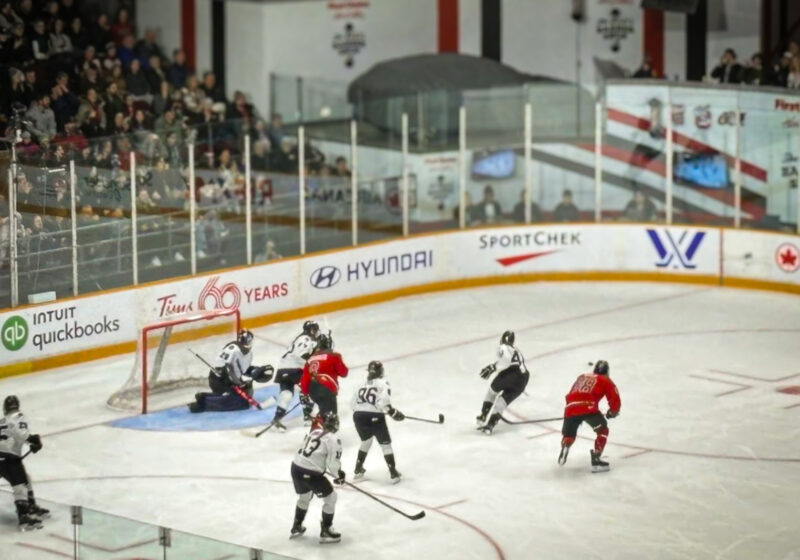The lights turned off, and John Hammond strolled onto stage followed by the commanding stature of Marty Ballou, playing stand-up bass, and Stephen Hodges on drums. Milestones was all tables, like the setting in a coffee house.
The crowd was mainly baby boomers with a few straggling young folk. We gave him a strong reception and he gave a grin as he picked up his guitar and toyed with the harmonica on his neck.
John’s shirt was pale red silk and Stephen wore sunglasses. “Perfect,” I thought as I swigged my Jack & Coke. Before they got underway, John thanked the opening band not only for playing, but for letting him borrow some of their equipment ? “One of these days I’ll have enough money to bring my own amp,” he said.
“Damn!” I thought, “That’s not even his amp?” It’s hard to believe a blues guitarist gigging without his own amp, but he didn’t seem to mind.
He started strumming his guitar with an open hand and a thumb pick. The guitar was a Harmony Stratatone, a single piece of wood, not a huge tonal range but he was only looking for one sound.
“I’m ready for love,” he sang as the chorus rolled in. Marty Ballou was swaying back and forth and provoking his bass to pivot on its leg. His fingers were opened wide, attacking the length of the fret while John’s resonating voice intermingled with the sound of the bass.
Next they played “Heart Attack and Vine” ? my personal favorite for the night. The sweat beads were already reflecting the light off of his brow when he leaned back to dig into one of the solos. His facial expressions coincided with the heavy picking, showing the movement of the solo and pulling the audience into the music. The song went on, “This stuff will prob’ly kill yuh, lets do another line, wha-da-yuh say you meet me down on heart attack and vine.” We all exchanged a quick look. There was no speculation about the topic of the song anymore.
About four or five songs into the night, John took the electric guitar off of his shoulders and leaned back onto a stool. I could see a dark red diagonal stripe where his strap had once been when he leaned over to get a drink of water.
He fiddled with the microphone at his waist, then picked up the steel guitar leaning on a stand to his left. He fit a metal slide onto his left pinky-finger and began to play.
The sound was antique ? like Robert Johnson or Muddy Waters, he worked the slide in-between chords and on the turn-arounds. John slightly lowered his head while raising his shoulders to bring the harmonica to his mouth. “He’s almost swallowing that thing,” I said to myself, but that didn’t stop him from hitting high single tones when he needed to.
He had gone through about six songs before I realized that I didn’t recall which songs he had just played, and since I don’t have any kind of extensive background on his music ? and extensive is exactly what it would need to be with more than 30 albums released since 1962 ? I couldn’t drudge them back up from memory.
The show reached a climax when the trio played “Get Behind the Mule.” John was standing again with his Stratatone. There was now almost no part of his once pale shirt that escaped the dark red saturation.
“Get Behind the Mule” is another song off of his new release, “Wicked Grin,” which is a collaboration with John Hammond playing Tom Waits’ songs.
It wasn’t that the volume had increased, but there was something about his demeanor that had darkened and intensified. He wasn’t singing about someone else, he was singing directly to us, “You gotta get behind the mule . . . in the morning plow.”
“What do you think about this guy?” I asked Nick. Nick had been drinking on me and Jorge that night because he had spent his money on the GRE’s. “This shit is fuckin’ awesome!” he said. “Right on,” I said as I shook my glass, revealing only a few ice cubes. “Do you have any money left, Jorge?” I said. “Nope” he said.
My wallet had been emptied on the last round as well. There was just something that made the music conducive to drinking, though. When I returned with three more drinks, Nick and Jorge were shocked. “Don’t worry about it. I can skip a meal,” I said jokingly.
After the encore, I walked back to see if I could squeeze in an interview. When I got back to where John Hammond was sitting, my mind went blank and I realized that the whiskey and cola was settling down on me now. After pleasantries and a short but seemingly infinite pause, I blurted out, “So what do you think of the music industry these days?”
He laughed and said “The music industry is how it always has been. It’s just bigger and more lethal.” I asked him about his career alongside other blues greats like John Lee Hooker and Howlin’ Wolf and about his guitar. He even passed it over for me to play and get a feel for the light weight and wide neck.
“Is it true you hitchhiked across America to California to start your career?” I asked. “Yea” he replied, “I got some pretty good rides.”
Before I left, I told him I was going to write an article about the show. I told him it wouldn’t have as big of a circulation as some of his write-ups ? like in Rolling Stone.
He just said, “Ah man, that’s all right. We play for all the fans ? all the time.”
For information on John Hammond and mp3s of his new album “Wicked Grin,” you can check the web at www.johnhammond.com.

